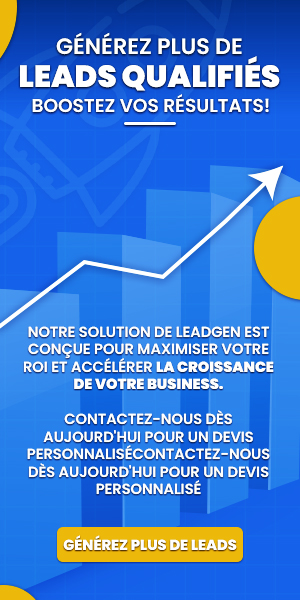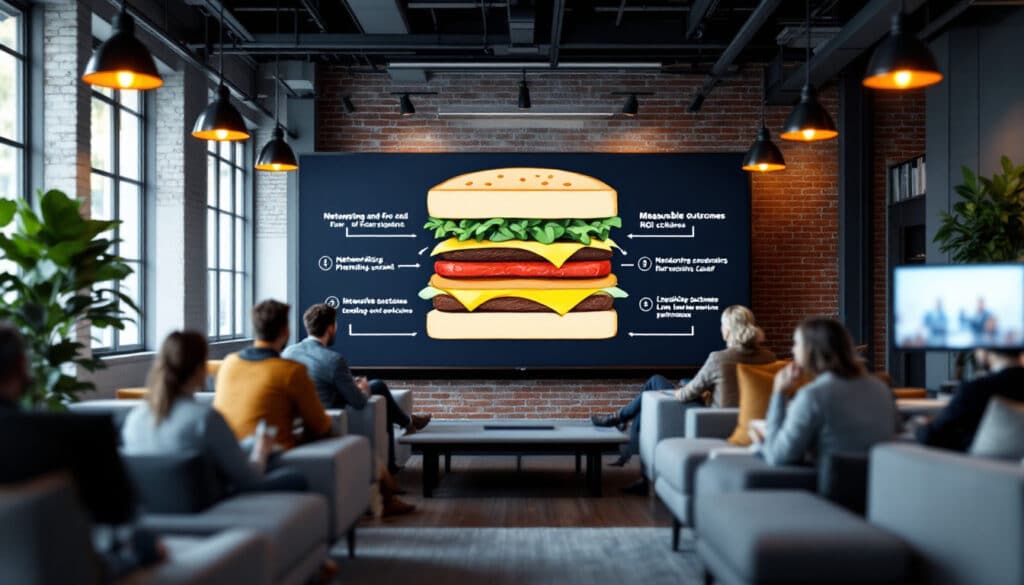In a world where digital is taking up more and more space, carrying out an effective virtual product demonstration is not only an option, but a necessity. Whether you’re an established company or an emerging start-up, the way you present your product can make all the difference. A successful demo captures your audience’s attention, highlights your product’s key features, and generates the enthusiasm needed to convert prospects into customers. In this article, we will reveal concrete and proven tips for maximizing the impact of your virtual presentations, in order to transform each demonstration into an opportunity for commercial success. Get ready to captivate your potential customers like never before.
Table des matières
ToggleUnderstanding your Target Audience

Before presenting your product, it is crucial to understand your target audience. Identify the profile of your prospects: are they technology experts or novices? This will allow you to adapt your speech and avoid jargon that could confuse them. By knowing their needs and their pains, you will be able to show how your product precisely meets their expectations.
Define your Goals
Each presentation must have clear objectives. What do you want to accomplish with your demonstration? Are you looking to generate new leads, convince already engaged customers, or introduce product updates? Defining your objectives will help you design a relevant and impactful message.
Master the Presentation tool
Being comfortable with the tool you are using for the demonstration is essential. Whether it’s a webinar live or pre-recorded video, familiarize yourself with its features to avoid any technical hiccups. Don’t hesitate to practice with a colleague to get constructive feedback.
Create an Engaged Narrative
A good presentation is more than just listing the features of your product. Tell a story that shows why this product is essential. For example, share customer stories or usage scenarios that highlight the benefits of your solution.
Engage your Audience
Livening up your presentation by engaging your audience is essential. Ask open-ended questions, encourage participation, and use interactive features like polls or question-and-answer sessions. An engaged audience is more likely to remember your message.
Focus on Profits
During a demonstration, it is tempting to focus only on the technical specifications. However, it is essential to highlight the concrete benefits that your product provides. Show how it can solve specific problems faced by your audience.
Highlighting your Unique Proposition
What is the reason for being of your product on the market? What is its advantage over the competition? Highlight your unique selling proposition throughout your demo to help your audience understand why they should choose your product.
Stay Concise and Clear
The effectiveness of a demonstration also depends on its concision. Limit yourself to 20 minutes, focusing on the essential points. This shows that you respect your prospects’ time while allowing them to digest your message without information saturation.
Have a Backup Plan
Technical problems can arise at any time. Plan a backup plan to manage these unforeseen events. This could include using an alternate internet network or being able to share a document via cloud in case something goes wrong with your main presentation.
End with a Committed Call to Action
Finally, a good call to action (CTA) is essential to convert interest into action. What should your audience do after the demonstration? Clarify the steps they need to take, whether it’s signing up for a free trial or scheduling a follow-up. A clear and engaging CTA can make all the difference.
Ce lundi, nous avons assisté à une démonstration auprès du @Prefet13 des moyens d'intervention des pompiers des Bouches-du-Rhône et de l'ensemble des services mobilisés pour la lutte contre les feux de forêt, illustrant l'efficacité d'une coopération entre les différentes parties… pic.twitter.com/rmosOCEnsZ
— VALABRE (@EntenteValabre) July 18, 2024














